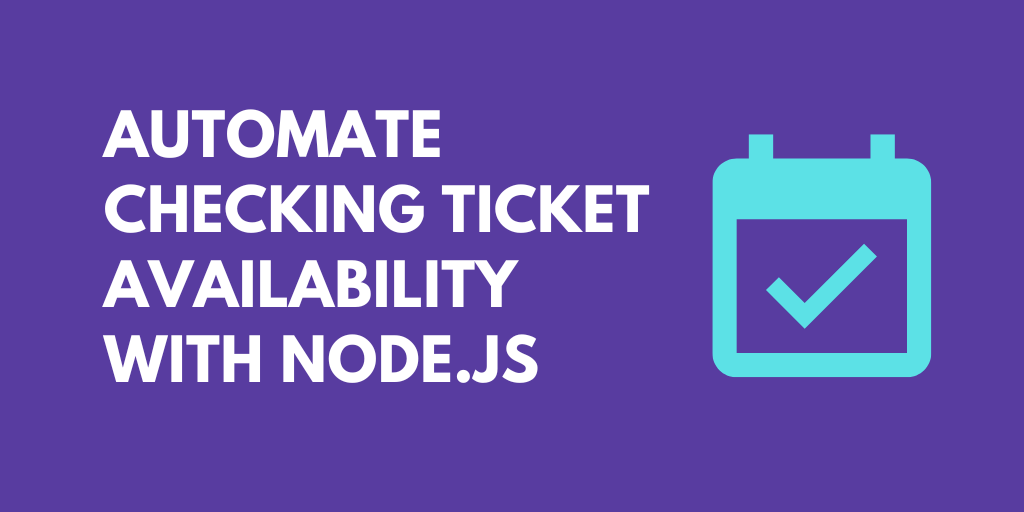What do you want to automate
with Selling Partner API (SP-API) and Node?
Prompt, edit and deploy AI agents that connect to Selling Partner API (SP-API), Node and 3,000+ other apps in seconds.
Trusted by 1,000,000+ developers from startups to Fortune 500 companies
Popular Selling Partner API (SP-API) and Node Triggers#
Emit new event when a new inbound shipment to FBA is created. See the documentation
Emit new event when a new order is created in Amazon Seller Central. See the documentation
Popular Selling Partner API (SP-API) and Node Actions#
Retrieves inventory summaries from Amazon fulfillment centers to monitor stock availability. See the documentation
Write custom Node.js code and use any of the 400k+ npm packages available. Refer to the Pipedream Node docs to learn more.
Retrieves a list of orders based on a specified date range, buyer email, or order ID. See the documentation
Requests reports on sales, inventory, and fulfillment performance. See the documentation
Fetches detailed information about a specific order using its order ID. See the documentation
Connect Selling Partner API (SP-API)#
import { axios } from "@pipedream/platform"
export default defineComponent({
props: {
amazon_selling_partner: {
type: "app",
app: "amazon_selling_partner",
}
},
async run({steps, $}) {
// Define the mapping between Seller Central URLs (from your App Config) and SP-API Endpoints
const getEndpoint = (sellerCentralUrl) => {
const na = "https://sellingpartnerapi-na.amazon.com";
const eu = "https://sellingpartnerapi-eu.amazon.com";
const fe = "https://sellingpartnerapi-fe.amazon.com";
const map = {
// North America
"https://sellercentral.amazon.com": na,
"https://sellercentral.amazon.ca": na,
"https://sellercentral.amazon.com.mx": na,
"https://sellercentral.amazon.com.br": na,
// Europe (The Big 5 often share one URL, but newer ones have specific URLs)
"https://sellercentral-europe.amazon.com": eu,
"https://sellercentral.amazon.com.be": eu,
"https://sellercentral.amazon.nl": eu,
"https://sellercentral.amazon.pl": eu,
"https://sellercentral.amazon.se": eu,
"https://sellercentral.amazon.com.tr": eu,
// India (Uses EU endpoint)
"https://sellercentral.amazon.in": eu,
// Far East
"https://sellercentral.amazon.sg": fe,
"https://sellercentral.amazon.com.au": fe,
"https://sellercentral.amazon.co.jp": fe,
};
return map[sellerCentralUrl];
};
// 1. Get the Marketplace URL selected by the user in the App Connection
const marketplaceUrl = this.amazon_selling_partner.$auth.marketplace;
// 2. Resolve the correct SP-API Endpoint
const apiEndpoint = getEndpoint(marketplaceUrl);
if (!apiEndpoint) {
throw new Error(`Could not map Seller Central URL (${marketplaceUrl}) to an SP-API Endpoint.`);
}
// 3. Make the request
return await axios($, {
url: `${apiEndpoint}/inbound/fba/2024-03-20/inboundPlans`,
headers: {
"x-amz-access-token": `${this.amazon_selling_partner.$auth.oauth_access_token}`,
},
});
},
})
Overview of Node#
Develop, run and deploy your Node.js code in Pipedream workflows, using it between no-code steps, with connected accounts, or integrate Data Stores and File Stores
This includes installing NPM packages, within your code without having to manage a package.json file or running npm install.
Below is an example of installing the axios package in a Pipedream Node.js code step. Pipedream imports the axios package, performs the API request, and shares the response with subsequent workflow steps:
Connect Node#
// To use previous step data, pass the `steps` object to the run() function
export default defineComponent({
async run({ steps, $ }) {
// Return data to use it in future steps
return steps.trigger.event
},
})Community Posts#
